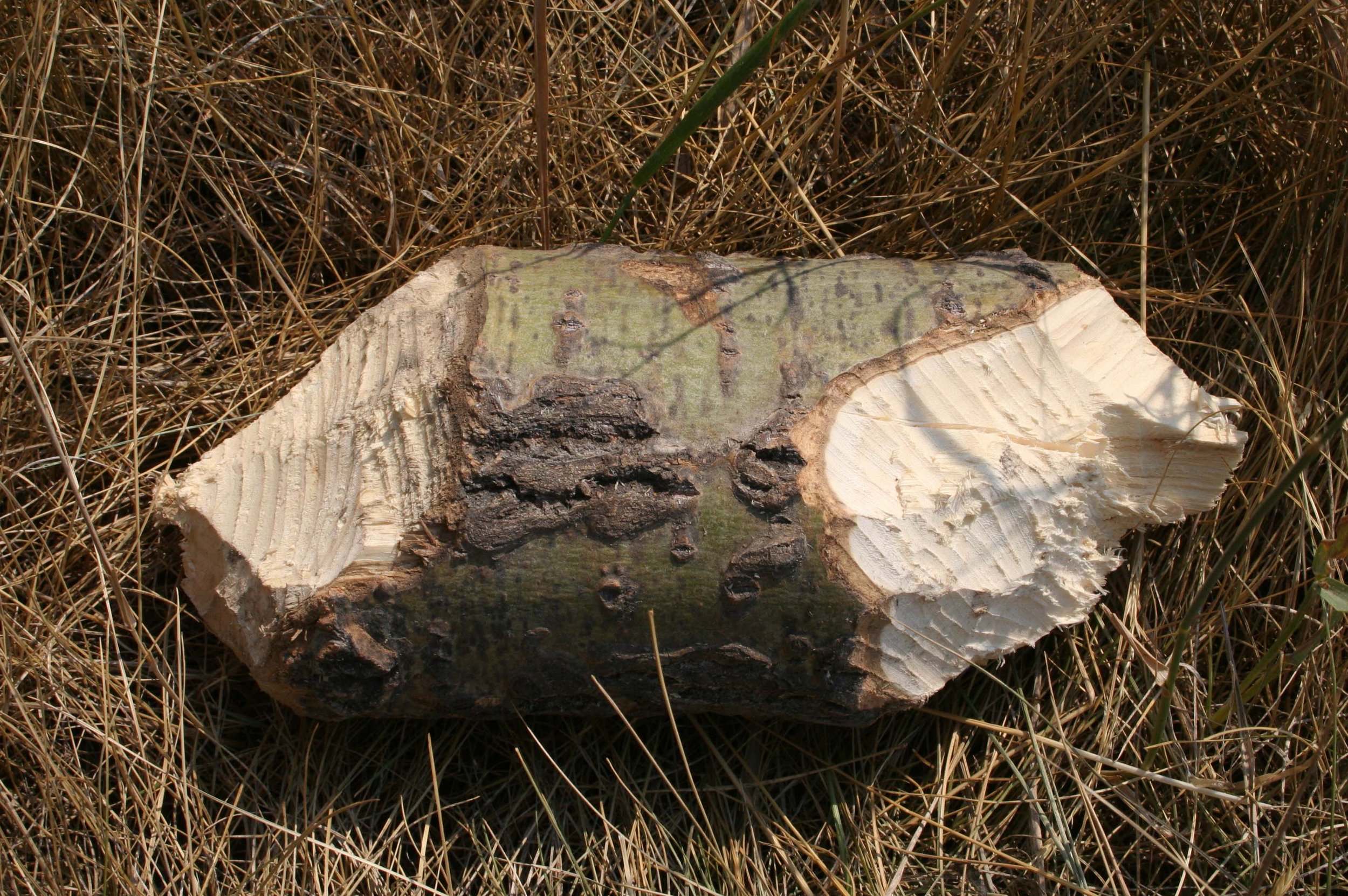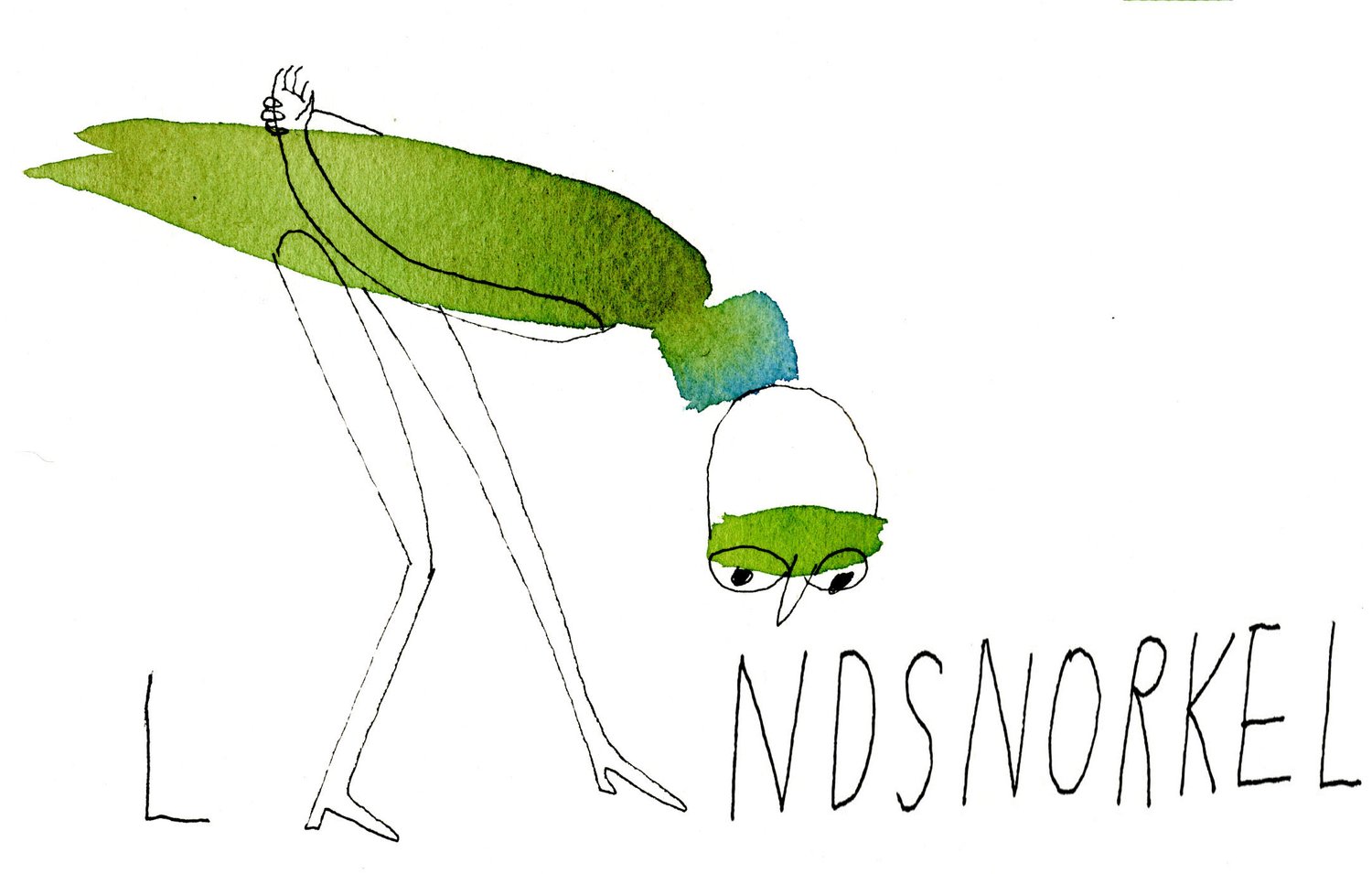Whitney Tilt: Snork Dork in Training
Update - February 2013: Courtesy of http://www.gvlt.org/
Those Pesky Whats-a-ma-call-its

Houndstongue (Cynoglossum officinale) is well named for its association with dogs (Canis lupus who-knows). The plant's common name arises from its leaf vein pattern that resembles a dog's tongue, and its basal leaves are rough like a dog's tongue. But the most common relation to the dog is that its fruits love to become enmeshed in their coat.

 Update - September 2012: While hiking in western North Dakota, I came across a beaver pond. The beavers had knocked down dozens of Aspen trees and dutifully carted them off for use in their dam and stored the stems for a winter snack. But I came across this curious piece of aspen. Only 9" long, I have never seen its like. It reminded me of the old axiom, "measure twice, cut once." Had this beaver been a rookie cutter only to be ridiculed by family & friends when the log was too long and won't fit the job? Regardless it sits on my shelf amid skulls, feathers and other Snork Dork collectibles.
Update - September 2012: While hiking in western North Dakota, I came across a beaver pond. The beavers had knocked down dozens of Aspen trees and dutifully carted them off for use in their dam and stored the stems for a winter snack. But I came across this curious piece of aspen. Only 9" long, I have never seen its like. It reminded me of the old axiom, "measure twice, cut once." Had this beaver been a rookie cutter only to be ridiculed by family & friends when the log was too long and won't fit the job? Regardless it sits on my shelf amid skulls, feathers and other Snork Dork collectibles.  Update - March 2012: Whitney wrote an article for "Distinctly Montana" about Snorkeling Wildflowers..."I am “land snorkeling,” to use a term coined by artists Clyde Aspevig and Carol Guzman (visit http://landsnorkel.com). I am out under the big sky country of Montana, but I am looking down and around. Like snorkeling over a reef, I am looking at the patterns of color and texture, seeing what new growth has cast away the soil and winter’s decay. I am aware of where the sun has warmed a southern exposure, recognizing that northern exposures are weeks behind in their awakening. Land snorkeling allows me to turn a hike into an experience. Not limited to the expectation of hiking four miles with an elevation gain of 1,200 feet, burning sufficient calories to enjoy two glasses of good wine with locally grown lamb, I am anticipating much more."2011: What appeals to me most about land snorkeling is its ability to constantly reveal new nuances to what which we thought was familiar. This picture is an example of how the iterative process of land snorkeling reveals the new and unexpected. The picture shows fairy slippers (Calypso bulbosa) amid a cluster of glacier lilies (Erythronium grandiflorum). Glacier lilies are a bright, showy sign that winter is loosening its grip on the region and warmer times are on their way. Where they are encountered, they are abundant and scattered across the landscape. The fairy slipper, however, is easily overlooked by the hiker intent on logging some miles or the trail rider atop a horse. My first encounter was a small flash of pink that seemed out of place. When I got down on my knees for a closer look, I found not one but a dozen of this diminutive orchid. Now when I am hiking and come across a shady, damp hollow in May and June, I snorkel for fairy slippers.Hear more from Whitney in his book here, the Flora of Montana's Gallatin Region. Also, there is a cell phone app available to identify and learn about the flora of the Greater Yellowstone & Gallatin areas!
Update - March 2012: Whitney wrote an article for "Distinctly Montana" about Snorkeling Wildflowers..."I am “land snorkeling,” to use a term coined by artists Clyde Aspevig and Carol Guzman (visit http://landsnorkel.com). I am out under the big sky country of Montana, but I am looking down and around. Like snorkeling over a reef, I am looking at the patterns of color and texture, seeing what new growth has cast away the soil and winter’s decay. I am aware of where the sun has warmed a southern exposure, recognizing that northern exposures are weeks behind in their awakening. Land snorkeling allows me to turn a hike into an experience. Not limited to the expectation of hiking four miles with an elevation gain of 1,200 feet, burning sufficient calories to enjoy two glasses of good wine with locally grown lamb, I am anticipating much more."2011: What appeals to me most about land snorkeling is its ability to constantly reveal new nuances to what which we thought was familiar. This picture is an example of how the iterative process of land snorkeling reveals the new and unexpected. The picture shows fairy slippers (Calypso bulbosa) amid a cluster of glacier lilies (Erythronium grandiflorum). Glacier lilies are a bright, showy sign that winter is loosening its grip on the region and warmer times are on their way. Where they are encountered, they are abundant and scattered across the landscape. The fairy slipper, however, is easily overlooked by the hiker intent on logging some miles or the trail rider atop a horse. My first encounter was a small flash of pink that seemed out of place. When I got down on my knees for a closer look, I found not one but a dozen of this diminutive orchid. Now when I am hiking and come across a shady, damp hollow in May and June, I snorkel for fairy slippers.Hear more from Whitney in his book here, the Flora of Montana's Gallatin Region. Also, there is a cell phone app available to identify and learn about the flora of the Greater Yellowstone & Gallatin areas!

